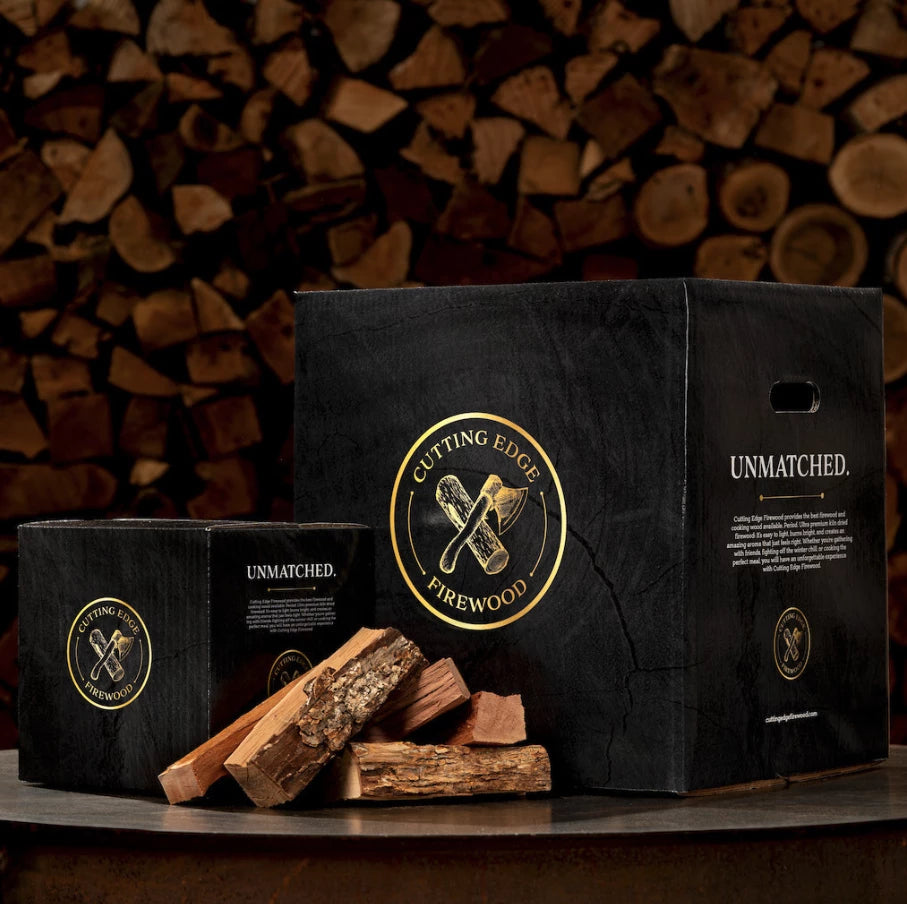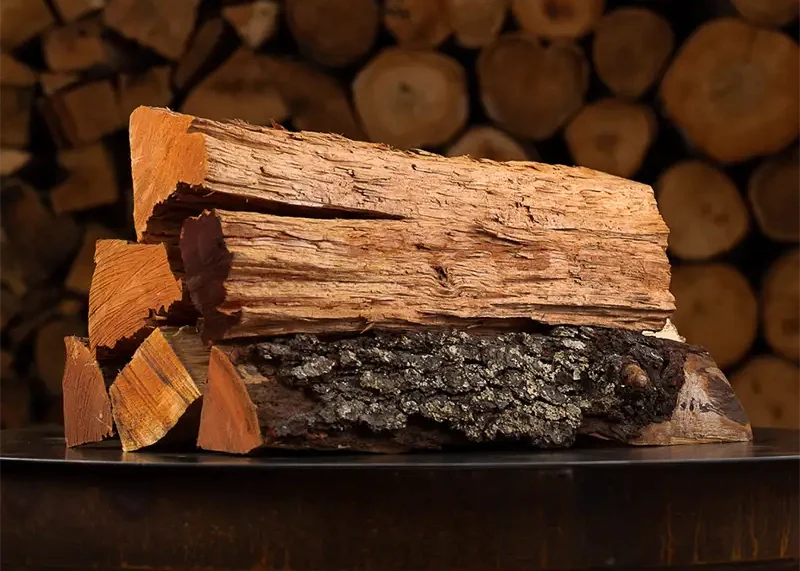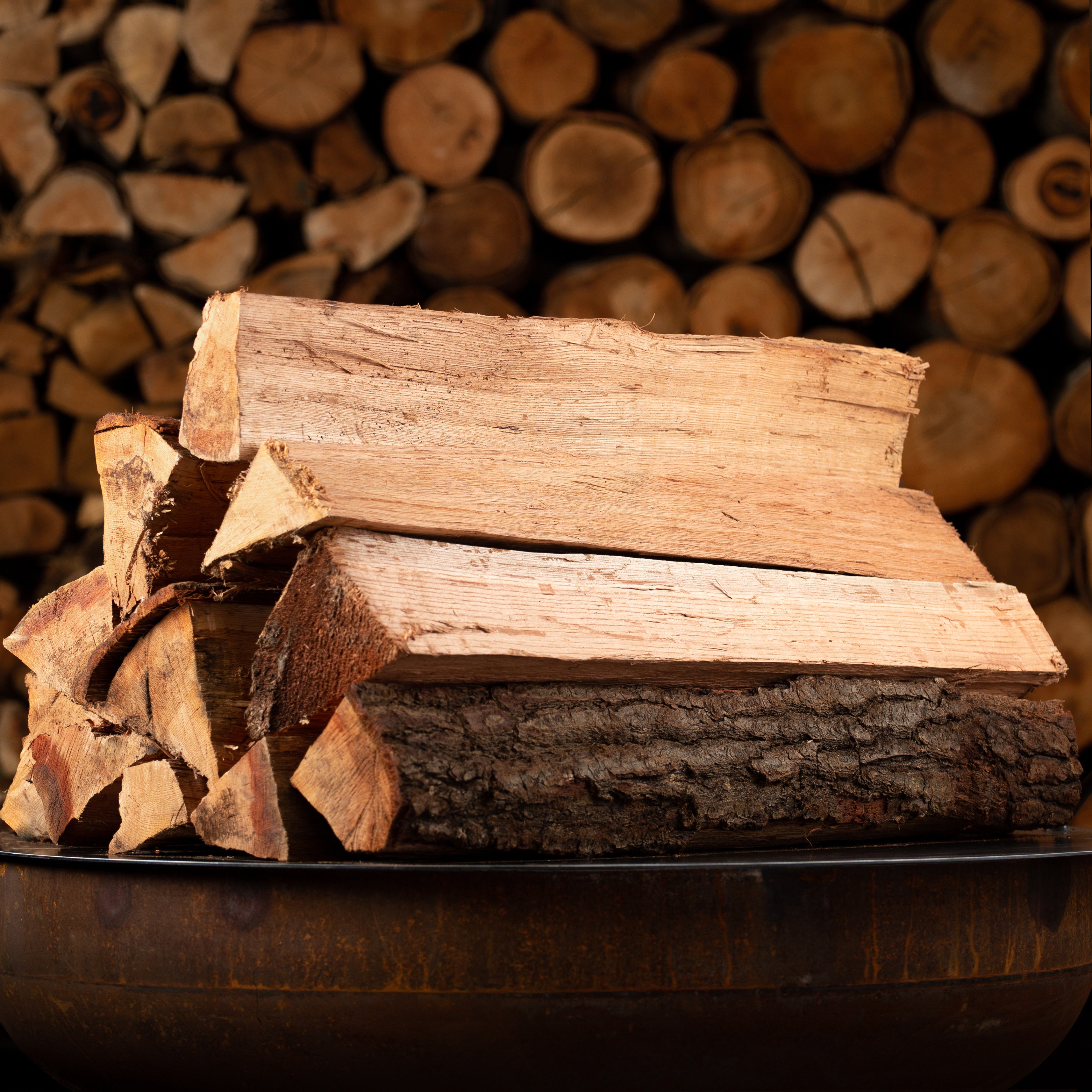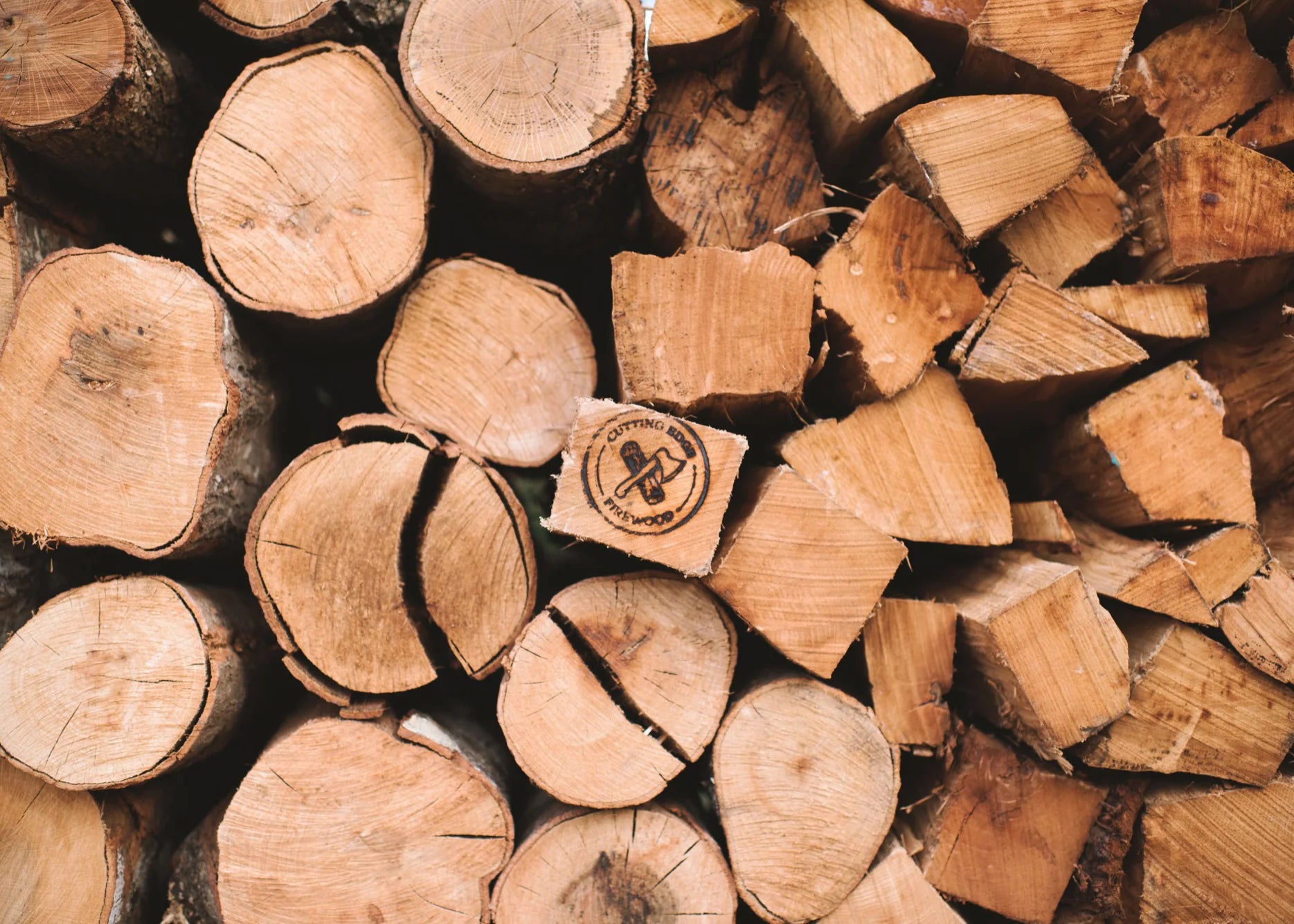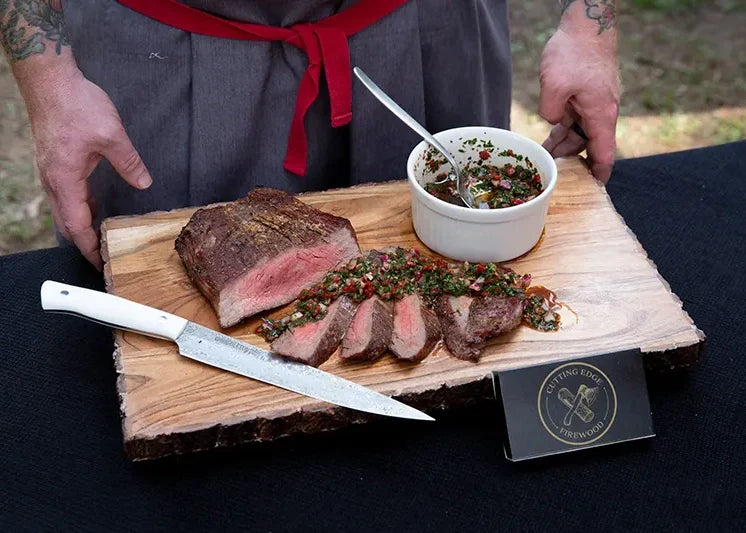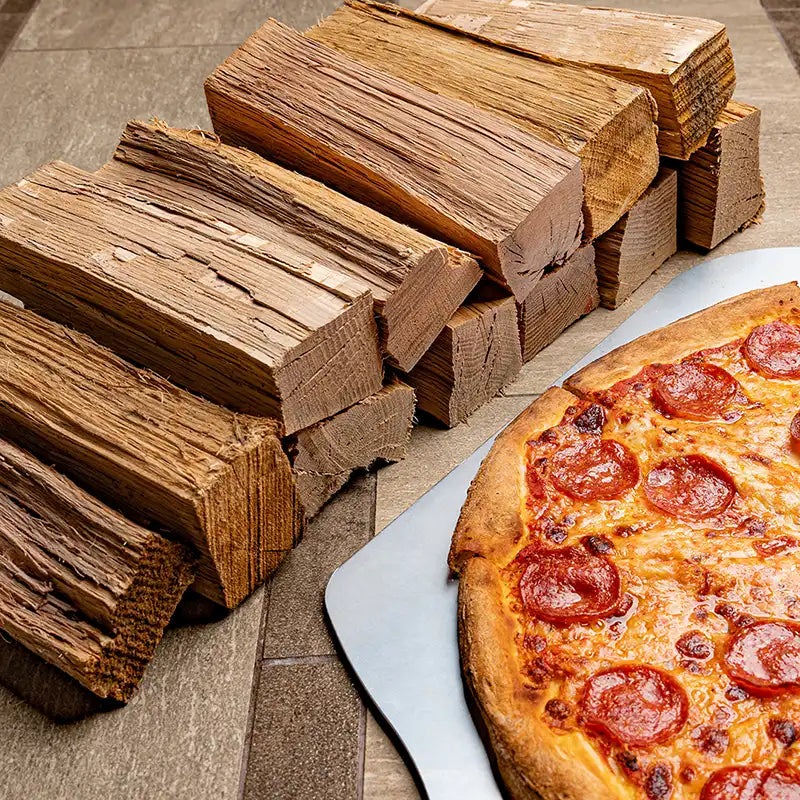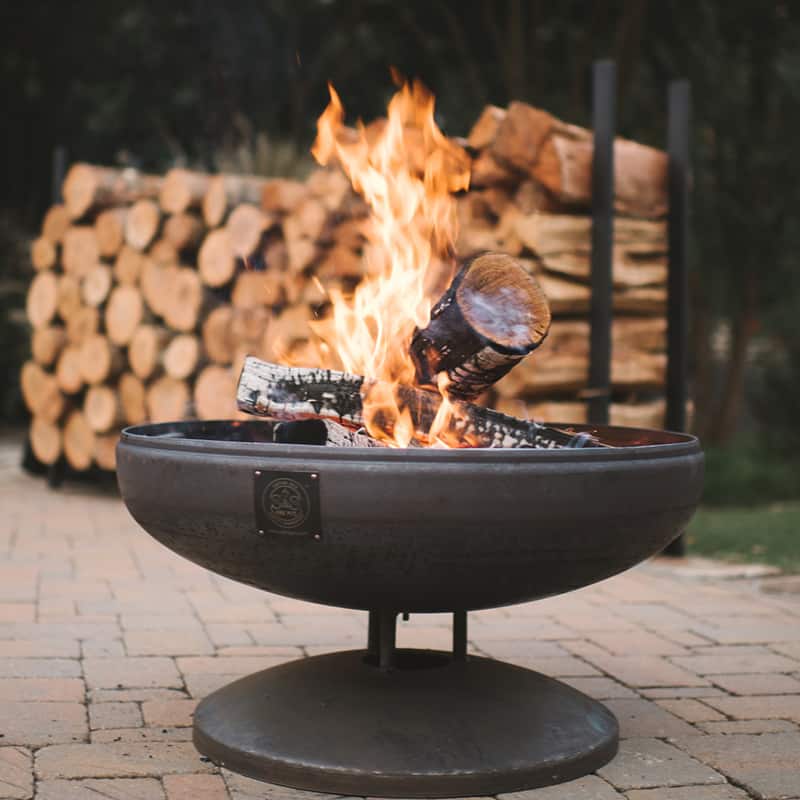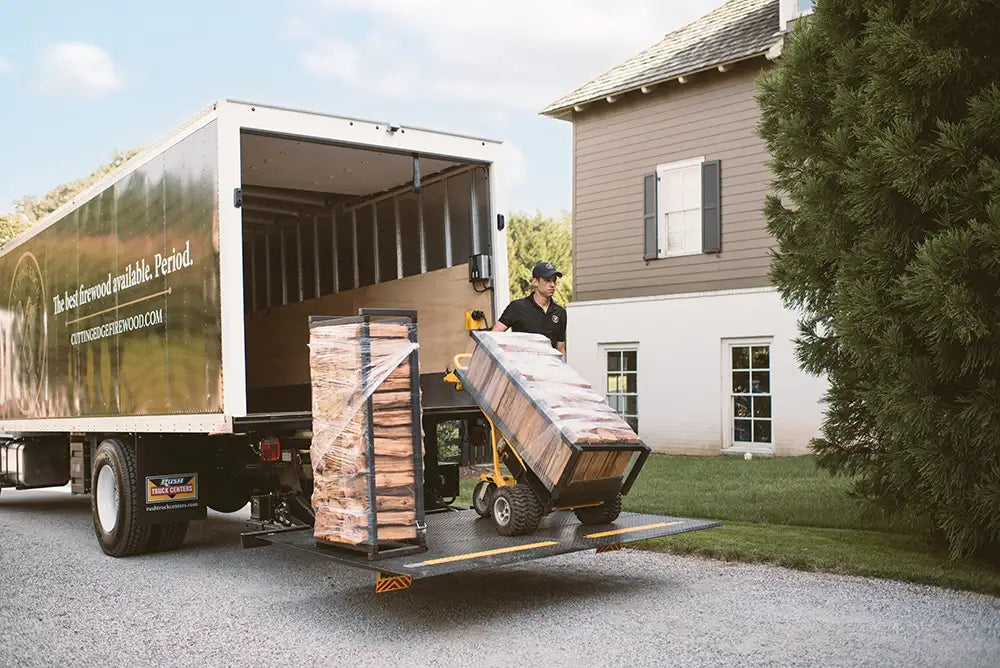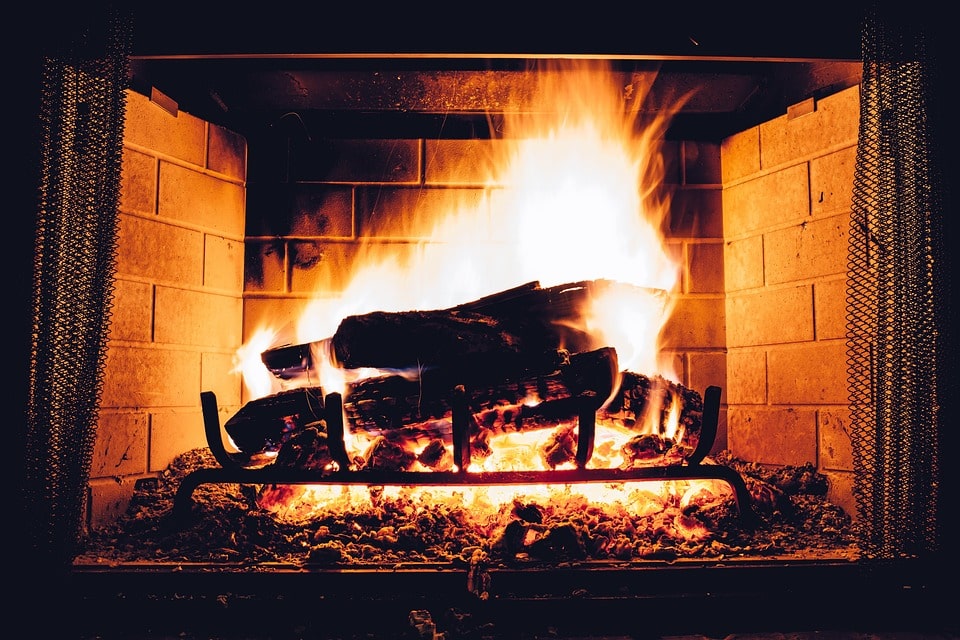When using your fireplace, you'll need to take precautions to prevent creosote buildup. A fireplace is an invaluable feature that can offset the need for central heating in your home. Statistics show, however, that there are roughly 25,000 chimney fires each year in the United States, many of which are caused by creosote buildup. By taking a few basic precautions, you can prevent creosote buildup in your chimney.
What Is Creosote?
Creosote is a byproduct produced from the incomplete burning of wood or fossil fuel. Consisting of carbonaceous chemicals, creosote forms from the distillation of tar. When wood or fossil fuel is burned, the tar within the wood or fossil fuel distills to create creosote.
If wood is burned completely, meaning that all its organic matter is converted into heat, no creosote is created. Unfortunately, wood never burns completely. Some of its energy will be lost through moisture evaporation, resulting in the creation of creosote that sticks to the insides of your chimney's walls. Small amounts of creosote aren't a concern. As the creosote builds up, though, it can pose a serious risk to you and your family's well-being.
The Dangers of Creosote Buildup
Creosote buildup is dangerous for several reasons. First, creosote is extremely flammable. You may build a fire inside your fireplace, only for the creosote to ignite and trigger an explosion. It's a relatively common problem that's responsible for countless house fires each year in the United States.
Second, using a creosote-caked chimney increases the risk of carbon monoxide poisoning. According to the Centers for Disease Control and Prevention (CDC), over 2,200 people in the United States lost their lives from carbon monoxide poisoning from 2010 to 2015. Of course, carbon monoxide is also a byproduct that's produced from the burning of wood or fossil fuel. So, how does creosote buildup cause carbon monoxide exactly? If the inside of your chimney's walls are coated with creosote, carbon monoxide won't be able to escape the flue. It will remain trapped inside, allowing carbon monoxide to fill your living room and the surrounding space.
The Agency for Toxic Substances and Disease Registry (ATSDR) recently published a report detailing the health effects of creosote exposure. In its report, the ATSDR explains that creosote is potentially carcinogenic. People who are exposed to creosote over a long period of time are more likely to develop cancer than their counterparts who aren't exposed to the black, tarry substance.
To protect yourself and your family from these problems, you must take the necessary precautions to prevent creosote buildup in your chimney. You can still build fires year-round using your fireplace, but it's recommended that you follow these tips to minimize and prevent creosote buildup.

Tip #1) Use Kiln-Dried Firewood
One of the most effective ways to prevent creosote buildup is to use firewood for sale. Available for sale here at Cutting Edge Firewood, kiln-dried firewood isn't the same as conventional air-dried firewood. Air-dried firewood is dried using a rudimentary drying technique in which the wood is left outdoors for a period of up to six months. During this, moisture within the firewood will evaporate.
Kiln-dried firewood, on the other hand, is a more advanced drying technique in which the wood is placed in a drying oven known as a kiln. Not only is kiln drying faster than air drying; it's also more effective at removing moisture. According to the U.S. Forest Service, air-dried firewood has an average moisture content of 20% to 25%. In other words, about one-quarter of the total weight of air-dried firewood comes from moisture. In comparison, kiln-dried firewood has an average moisture content of about 10% -- sometimes even less. And with a lower moisture content, kiln-dried firewood burns more cleanly than air-dried firewood, resulting in less creosote.
The exceptionally dry properties of kiln-dried firewood allow it to convert more organic wood matter into heat, so it produces significantly less creosote than green, fresh and air-dried firewood. Furthermore, kiln-dried firewood offers a greater value because of its high performance. You'll use less kiln-dried firewood to maintain a hot fire than you would using other types of firewood with a higher moisture content. Whether you're using your fireplace to warm your home or simply create a relaxing atmosphere, stick with kiln-dried firewood.
Tip #2) Open the Flue Damper Completely
In addition to using kiln-dried firewood, make sure the flue damper is completely open when building fires in your fireplace. Some homeowners only open the flue damper partially, believing this will keep more heat inside their home. If the flue damper isn't completely open, though, it will actually result in less heat being produced by your fire. The partially closed flue damper will restrict the amount of oxygen your fire receives. And with less oxygen, your fire will produce less heat.
With the flue damper only partially open, your fires won't get as hot. You can still build fires inside your fireplace if the flue damper is only partially open, but the lack of heat will promote creosote. More creosote will be created as a byproduct from the lack of heat. Therefore, you should only build fires with the flue damper open completely. If your flue damper is stuck closed, refrain from using your fireplace until it's been repaired or replaced.

Tip #3) Don't Smother Your Fire
When arranging your kiln-dried firewood inside your fireplace, use caution to avoid smothering your fire. Going back to the basics of fire-building 101, fires need oxygen to stay lit and produce heat. The more oxygen a fire has, the more heat it will produce. If you smother a fire by arranging the firewood so that it can't breathe, it won't receive an adequate amount of oxygen. The lack of oxygen will then cause your fire to produce more creosote as a byproduct.
To ensure your fire can breathe, and thus minimize creosote buildup, arrange the logs with an opening in the middle. Don't just stack the logs side by side. Rather, arrange them so that there's an open space in the middle where air can easily flow through. By promoting airflow, you'll build hotter, safer fires that produce less creosote.
Tip #4) Get Your Chimney Inspected Once a Year
Even if you use kiln-dried firewood, open the flue damper completely and avoid smothering your fire, you should still get your chimney inspected at least once a year. During an inspection, a worker known as a chimney sweep will climb into your chimney to look for creosote buildup and other potential problems. If the chimney sweeps detects high levels of creosote, he or she may recommend a cleaning service.
There are several chimney sweeping logs available on the market, but you shouldn't use them as a substitute for a professional chimney inspection. Chimney sweeping logs contain a blend of chemicals that are designed to prevent creosote buildup. Even when used on a regular basis, though, though won't prevent creosote from accumulating in your chimney. By hiring a professional chimney sweep to inspect your chimney, you'll know exactly how much creosote has built up and whether or not it requires cleaning.
Find the best deals on premium kiln-dried firewood by visiting our online store today. Cutting Edge Firewood offers a variety of kiln-dried firewood, including white oak, hickory, cherry, pecan and whiskey, all of which will allow you to smoke delicious meat.

